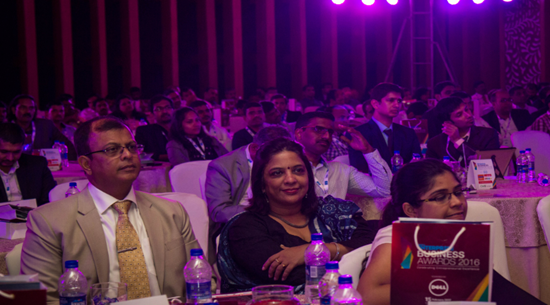
[vc_row][vc_column][vc_column_text] In a major policy reform intended to promote ‘Make in India’ in defence manufacturing, the Ministry of Defence (MoD) announced on May 31, 2017, the much-anticipated Strategic Partnership Model (SPM) for the Indian private sector. The ultimate aim of the model is to enhance India’s self-reliance index in defence procurement and to enable participation of private Indian firms in the realm of defence.
In a major policy reform intended to promote ‘Make in India’ in defence manufacturing, the Ministry of Defence (MoD) announced on May 31, 2017, the much-anticipated Strategic Partnership Model (SPM) for the Indian private sector. The ultimate aim of the model is to enhance India’s self-reliance index in defence procurement and to enable participation of private Indian firms in the realm of defence.
This model is intended to play the role of a system integrator by building an extensive ecosystem comprising development partners, specialised vendors and suppliers and foreign OEMs. The model was envisioned in order to encourage the private industry to take a more active part in defence manufacturing, but under the auspices of well-defined terms of agreement.
Since development and production of a weapons platform is a long drawn and investment-intensive process, the idea is to ensure that a long-term and regulated partnership for product development and production could be put in place.
The Strategic Partnership Model aims to shortlist a few Indian private companies as strategic partners who will tie up with a few shortlisted foreign original equipment manufacturers (OEMs) to manufacture big-ticket military platforms.
In the initial phase, the selection of strategic partners would be confined to four segments: fighter aircraft, helicopters, submarines, and armoured fighting vehicles (AFV)/main battle tanks (MBT).
Calling on the entrepreneurs in Peenya who are into manufacturing defence components to maximise the benefit from the new policy reform, PIA President Sri R. Krishnamurthy observed that according to industry experts, in the coming decade, the Government of India plans to procure $10 billion worth of defence products every year. This means there is a plethora of opportunities available for all stakeholders in the defence sector. The SPM will offer up an alternative model to defence procurement and will prove to be a major driving force for the growth of defence MSMEs in India, he said, and urged the MSMEs in Peenya who manufacture defence components or cater to the defence sector in any other way to go the extra mile and make sure that this emerging opportunity is not lost.
Defence MSMEs have the potential to not just function as important strategic partners, but also play a crucial role in the defence manufacturing value chain. It is expected that through the Strategic Partnership Model, there will be a marked increase in the transfer of technology, a definite requirement for stepping up Indian indigenous defence manufacturing. This should take care of the current limited capabilities of the Indian private sector, and will act as a platform to bring together all the stakeholders, including foreign OEMs, for developing indigenous defence manufacturing.
Meanwhile, our strengths lie in engineering services, supply chain sourcing and associated maintenance, repair and overhaul-related activities and readily available manpower. However, we urgently need to create a robust ecosystem that can address the capacity and capability requirements for the industry.
This is where the Strategic Partnership Model plays a key role. By developing a sustainable supplier base and fostering a culture of innovation and R&D, we can transform India into a global high-value manufacturing destination, not just for the domestic market, but also for export. We can already see OEMs and SMEs in the defence manufacturing sector moving from a buyer-seller to a co-developer and co-manufacturer relationship.
The Strategic Partnership Model will lead to a significant reduction in defence-related imports which means this could create around 1 lakh to 1.2 lakh highly skilled jobs in India. Therefore, to take advantage of this tremendous opportunity, we need to train the talent required to address the growing market needs. This will also mean that the academia and the industry will need to hold dialogues and forge partnerships to encourage research and technological advancements and create a talent pool that is industry ready. Along with the creation of a talent pool, we will also need to look into a robust supply chain and infrastructure development.
Of course, it will be a while before the Strategic Partnership policy comes into fruition. However, the model addresses several problem areas in the procurement process. The most important aspect of the SPM is that it will provide a level-playing field to the private sector with a chance to truly compete, and MSMEs will be provided with enormous opportunities to grow and prosper. It will help the smaller players develop capacity and move into the Group I and Group II partnerships. The Strategic Partnership Model will most definitely provide a fillip to the private defence sector in India and create an ecosystem for private manufacturers and foreign OEMs for technology transfer and collaboration.[/vc_column_text][/vc_column][/vc_row]


